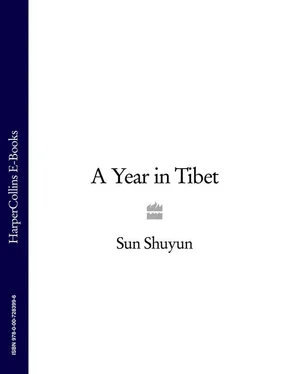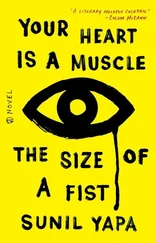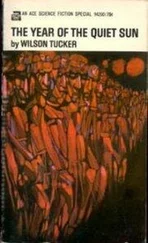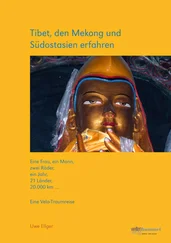My film crew and I rented a Tibetan house on the edge of town, with an outside toilet and no running water — we had to fetch water in barrels by motor rickshaw, and shower in the public bath. Altogether we were nine, a mixture of Tibetan and Chinese: myself, three cameramen at the start, later reduced to one, two Tibetan researchers, a young Chinese assistant producer, a Chinese production manager, and a Tibetan driver. We also had a Sichuanese cook and a Tibetan housekeeper who came in daily.
For a year we followed a shaman, a village doctor, a junior Party official, a hotel manager, a rickshaw driver, a builder, and two monks through the ups and downs of their lives. Late summer was tense due to the visit of the controversial Panchen Lama, the Tibetan spiritual leader second only to the Dalai Lama, but the hotel manager had record profits. Autumn brought anxiety to the villagers anticipating the all-important harvest; new technology also cost the shaman his job as warder-off of hailstones. During the long winter we filmed a wedding in which the bride and the grooms had no say, but we also observed a household where three brothers have shared a wife for twenty years. The monastery was burgled and the rickshaw driver had to leave home to find work. The village doctor found herself sick, on top of her struggles to care for the patients in her ill-equipped clinic, and she herself turned to a lama and a pilgrimage in the hope of a cure. In the spring the builder was trying to get a contractor's certificate, for which he had to pass an exam in Chinese, a language he did not speak. The novice monk, our youngest character, was threatened with expulsion for lack of discipline. We were watching a people bound by tradition, but challenged by rapid change.
But this is not the book of the film. Television is good for action, and often with no action, there is no film. At the start of our project, the shaman's mother died. There could not have been a more important occasion to explore Tibetan beliefs. But we could not film the actual death; it would have been too intrusive. The elaborate rituals for her rebirth were not enough; we had to drop the whole event in the final cut. This is where books come into their own; they are also far better at exploring people's innermost feelings and thoughts, their beliefs and their reflections on the past. And this is particularly vital for portraying Tibet, a society so rich and complex, and so different from any other.
In this book, I have followed the dramas of the characters in the film, but I focus mainly on the Rikzin family: the shaman Tseten and his two brothers, Dondan and Loga; their wife, Yangdron; their father, Mila; and their four children. The shaman is at the very heart of Tibetan life. People come to him with headaches, toothaches, broken hearts and sick animals. They consult him about births and deaths, which hospital to go to for operations, who should marry whom, whether or when to start a business, or to pray for a felled tree. Tseten even had a visit from a distraught man wanting to know his dog's next incarnation.
The Rikzin family's stories took me into the most intimate aspects of village life, and beyond — the strength of the Tibetans' beliefs and the importance of their rituals; the joy they take in life; their battle to be educated, and in their own language; the pitiful standards of health care; the success of the few in the midst of poverty and lack of opportunity; the palpable political tensions; the animosity between Tibetans and Chinese.
As a Chinese I felt honoured to be welcomed into this community, and by the Rikzin family. They have enabled me to describe as a witness the everyday lives of rural Tibet. Ninety per cent of Tibetans live in villages and on the pastoral land — yet the vast literature on Tibet rarely refers to them. It is among them that faith is still nurtured, the culture is maintained, and tradition flourishes. This is the real Tibet.
Конец ознакомительного фрагмента.
Текст предоставлен ООО «ЛитРес».
Прочитайте эту книгу целиком, купив полную легальную версию на ЛитРес.
Безопасно оплатить книгу можно банковской картой Visa, MasterCard, Maestro, со счета мобильного телефона, с платежного терминала, в салоне МТС или Связной, через PayPal, WebMoney, Яндекс.Деньги, QIWI Кошелек, бонусными картами или другим удобным Вам способом.












